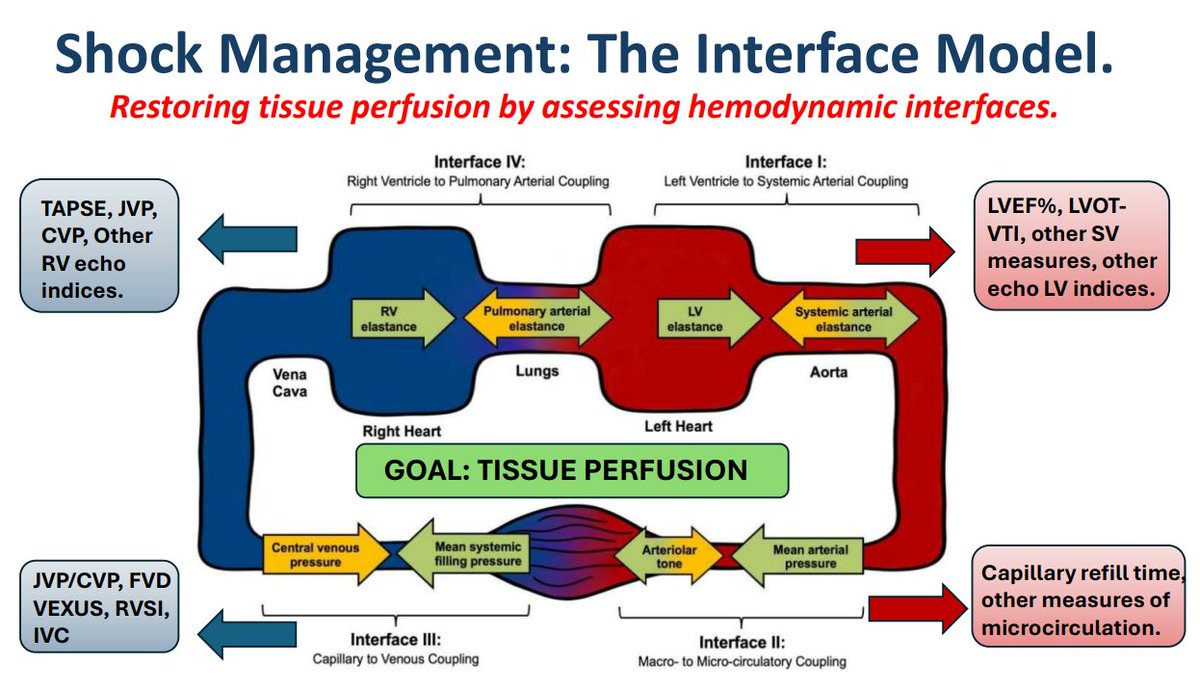What was it?
Multicenter, randomized controlled trial evaluating acute normovolemic hemodilution (ANH) versus standard care in patients undergoing cardiac surgery with cardiopulmonary bypass (CPB).

The Devil in the Details!
- 200 patients analyzed (100 ANH, 100 control) across 3 academic hospitals in Italy and Russia.
- ANH involved removing 10-15% of blood volume pre-CPB, replacing it with crystalloid/colloid, and reinfusing after CPB, versus standard fluid management.
- Adult patients undergoing elective cardiac surgery (e.g., CABG, valve repair/replacement).
- Primary outcome: Perioperative allogeneic red blood cell (RBC) transfusion rate.
- Secondary outcomes: Postoperative bleeding (chest tube drainage), acute kidney injury (AKI), length of ICU/hospital stay, major adverse events (e.g., stroke, myocardial infarction).
The Results!
- ANH reduced the perioperative RBC transfusion rate by 15% (relative risk 0.85 [CI 0.73, 0.99], p=0.04) compared to standard care.
- Postoperative bleeding was lower in the ANH group (mean difference -120 mL [CI -200, -40], p=0.003).
- No significant difference in AKI incidence (10% ANH vs. 12% control, p=0.65) or ICU stay (median 2 days both groups, p=0.80).
- Major adverse events were similar (stroke: 2% ANH vs. 3% control, p=0.68; MI: 4% vs. 5%, p=0.75).
- Safety profile: No ANH-related serious adverse events; 3 patients in ANH group had transient hypotension during blood removal, resolved without intervention.
They concluded
The authors concluded that ANH, compared to standard care, reduced perioperative RBC transfusion rates and postoperative bleeding in elective cardiac surgery patients, with no increase in adverse events.
Gripe Point Summary!
Detailed gripes below, but in short:
- Limited generalizability due to specific patient population and exclusion criteria.
- Not powered for secondary outcomes like AKI or major adverse events.
- Lack of blinding raises risk of bias in transfusion decisions.
- No long-term follow-up beyond hospital discharge.
- Variability in ANH protocol (10-15% blood removal) may affect reproducibility.
- Small sample size relative to cardiac surgery volume at study sites.
- No standardized transfusion trigger across centers.
Our Summary
In elective cardiac surgery patients, ANH reduced RBC transfusion rates by 15% and postoperative bleeding by ~120 mL compared to standard care, with no notable safety concerns. This trial supports ANH as a blood conservation strategy, but larger, blinded, multicenter studies with standardized protocols are needed to confirm its broader applicability.
Who’s worked on this before?
Further gripes
- Limited generalizability: Excluded high-risk patients (e.g., emergency surgery, severe anemia, renal failure), narrowing applicability to healthier elective cases. Local CPB and transfusion practices may further limit extrapolation.
- Lack of blinding: Surgeons and anesthesiologists were aware of group allocation, potentially biasing transfusion decisions despite protocolized triggers (e.g., hemoglobin <7 g/dL).
- Underpowered for secondary outcomes: The trial was designed for transfusion rate, not AKI, stroke, or MI, limiting conclusions about safety and broader outcomes.
- ANH protocol variability: Blood removal (10-15%) and fluid replacement type (crystalloid vs. colloid) varied by center, reducing reproducibility and potentially diluting effect size.
- No long-term follow-up: Outcomes were tracked only until discharge, missing late complications like readmissions or delayed AKI.
- Small sample size: 200 patients across 3 centers is modest given the high volume of cardiac surgeries. Only ~10% of eligible patients were enrolled, raising selection bias concerns.
- Transfusion trigger heterogeneity: While a hemoglobin threshold was protocolized, clinical judgment still influenced transfusions, and center-specific practices weren’t fully harmonized.
- No patient-reported outcomes: Focused on clinical metrics but ignored quality of life or recovery experience, which are increasingly valued in surgical trials.
- Limited diversity: Predominantly Caucasian population in Italy/Russia; unclear if results apply to other ethnic groups with different hematologic profiles.
- Statistical concerns: Primary outcome (transfusion rate) used relative risk, but absolute risk reduction (3-5%) was modest, questioning clinical significance. No adjustment for multiple comparisons in secondary outcomes.
CCN’s Reflection
This trial makes a decent case for ANH as a blood-sparing tool in cardiac surgery, with a clean design and clear transfusion reduction. But the lack of blinding, smallish sample, and protocol variability keep it from being a slam dunk. It’s a solid step toward refining blood management, but we’re not ready to roll out ANH universally—bigger, tighter trials are needed to nail down its role and ensure it’s not just a niche trick for low-risk patients. Keep an eye out for the next chapter in patient blood management!
Written By JW










